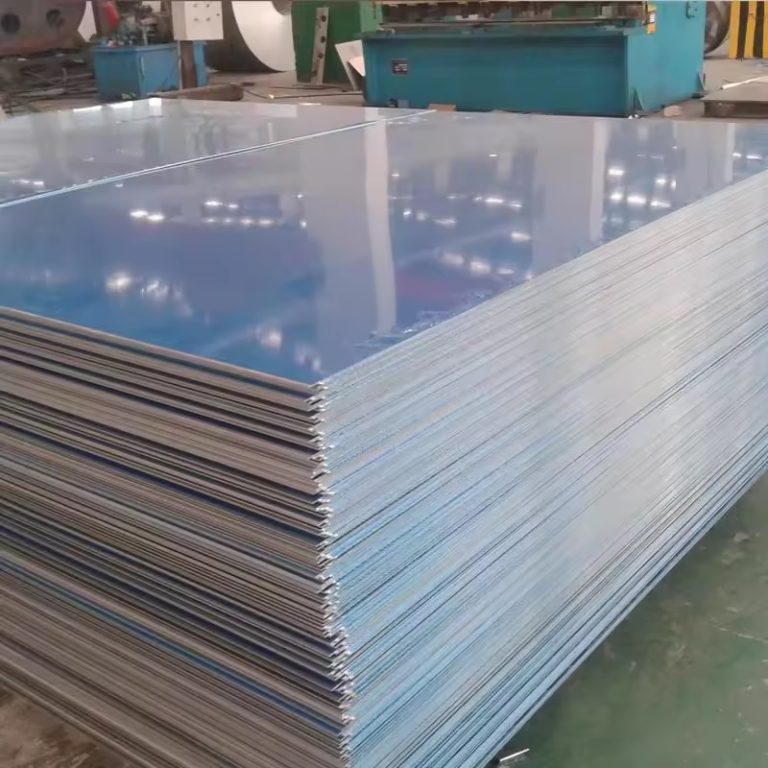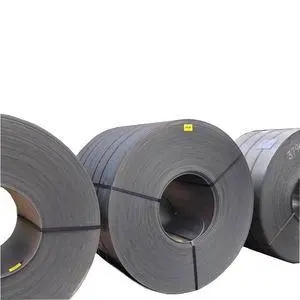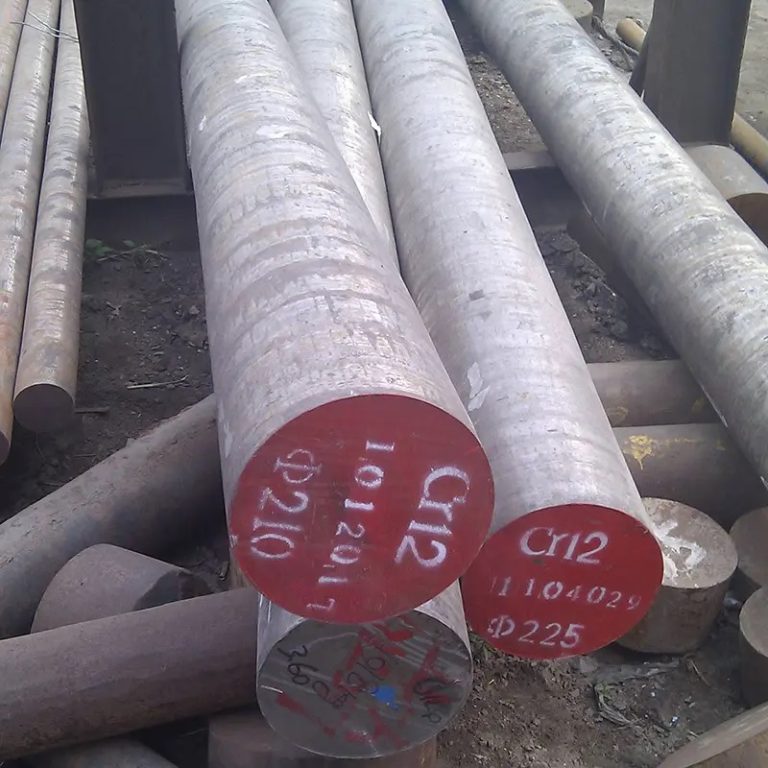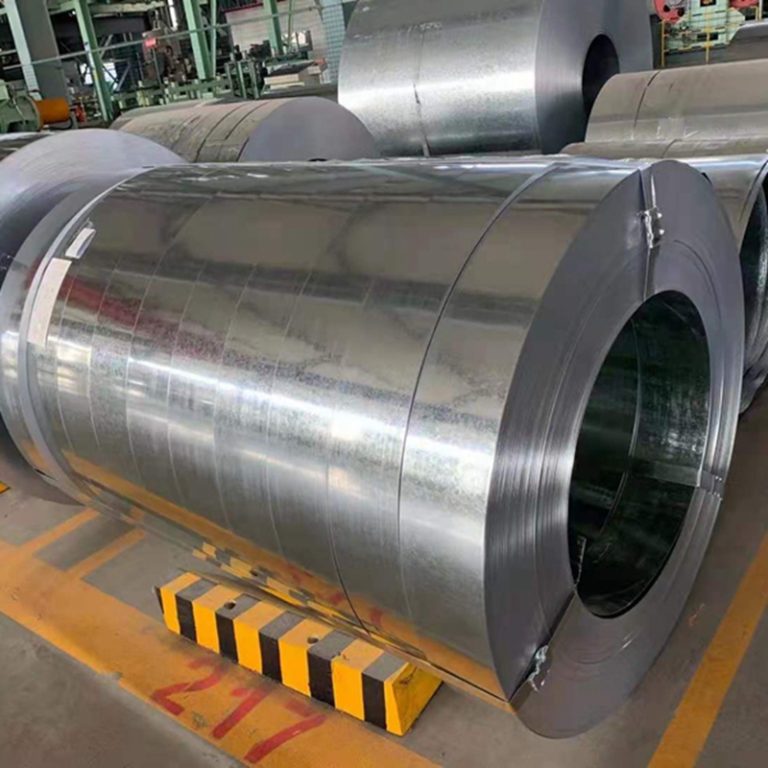Stainless steel may also rust under certain circumstances, despite the word “stainless” in its name. The corrosion resistance of stainless steel is due to a protective film of chromium oxide formed on its surface, which prevents iron from reacting with moisture and oxygen in the air, thereby preventing rust. However, if the protective film of stainless steel is damaged or it is used in a specific environment, it may still rust. Common reasons include:
Chemical environment: In marine environments, industrial pollution environments, or environments with strong acids and alkalis, highly corrosive substances may damage the protective film on the surface of stainless steel, causing rust.
Mechanical damage: If the surface of stainless steel is physically damaged by scratches, bumps, etc., the protective film is destroyed, and the exposed iron elements may also rust after contact with oxygen and moisture in the air.
Improper cleaning: If there are residues such as dirt, oil stains or iron filings on the surface of stainless steel, these substances may react with moisture and oxygen in the air, causing local rust.
Chloride ions: Chloride ions (such as salty environments) are very harmful to stainless steel and can easily damage its surface passivation film, causing pitting and rust.
Therefore, in order to maintain the corrosion resistance of stainless steel, it is recommended to clean it regularly and avoid long-term exposure to extreme environments.






